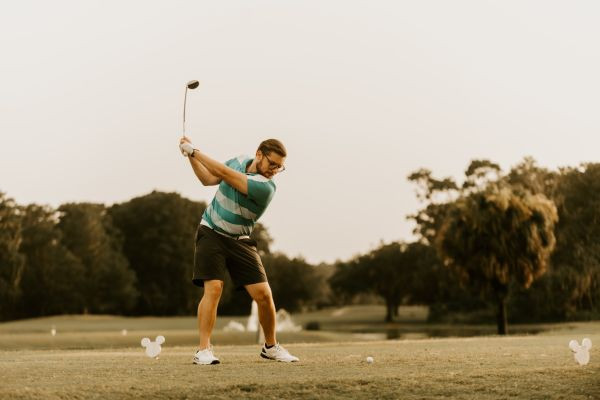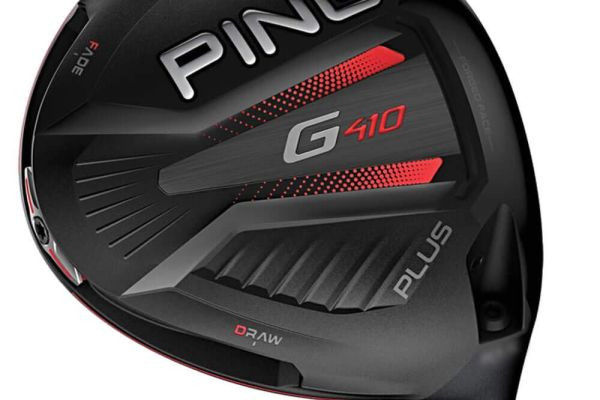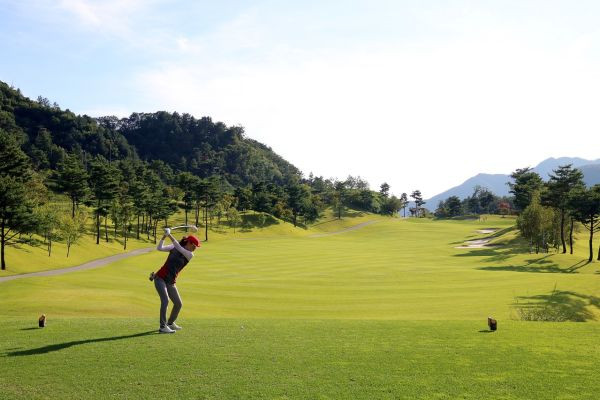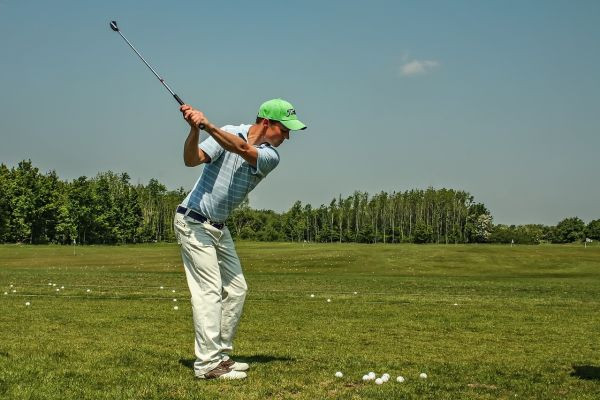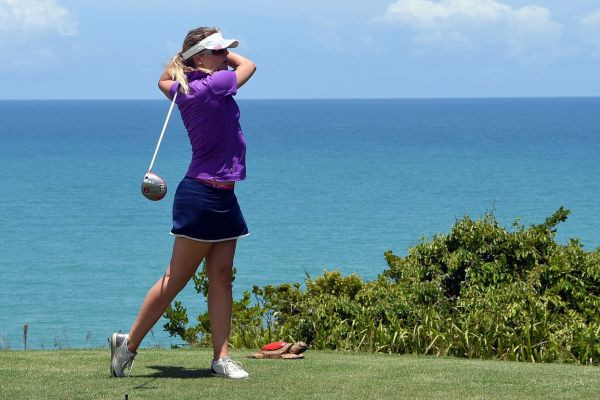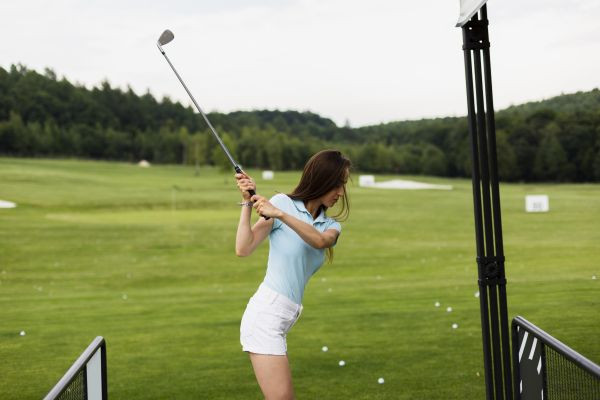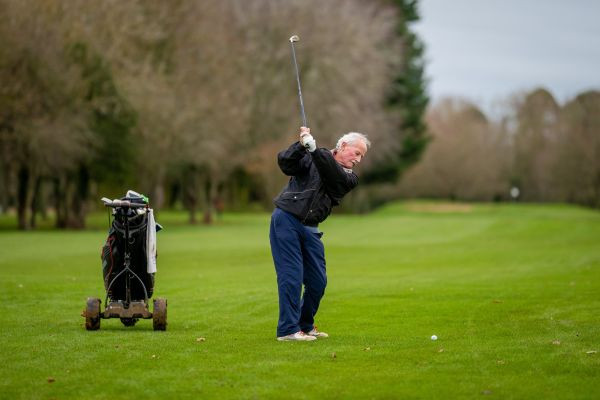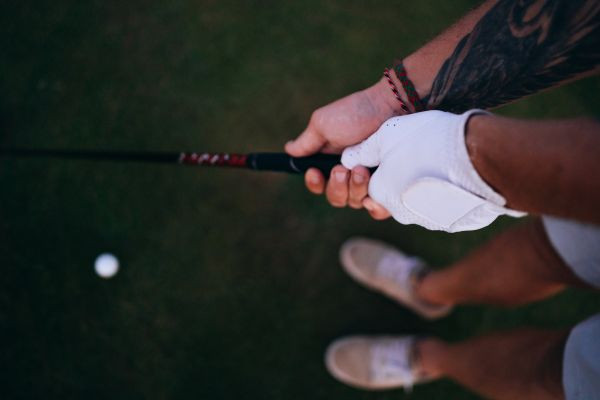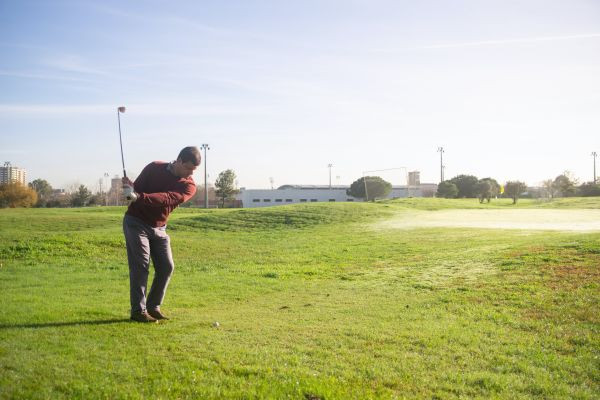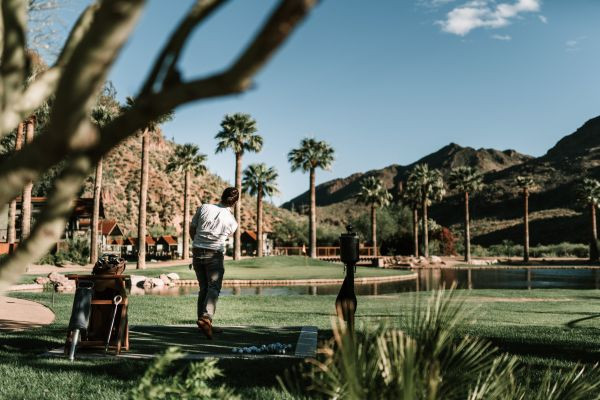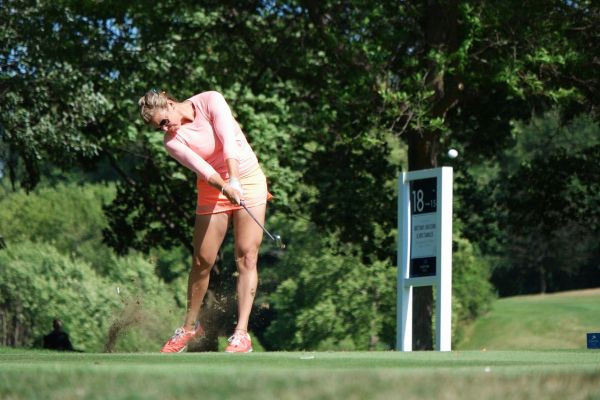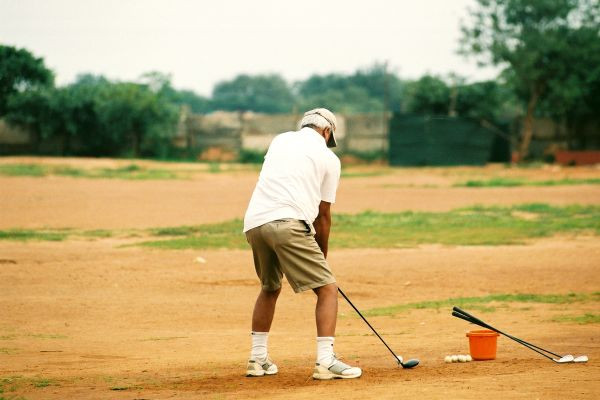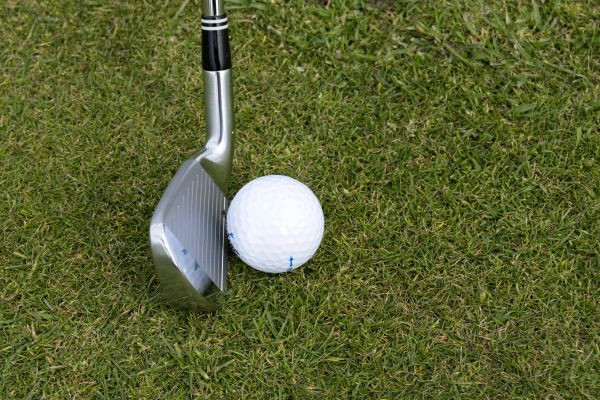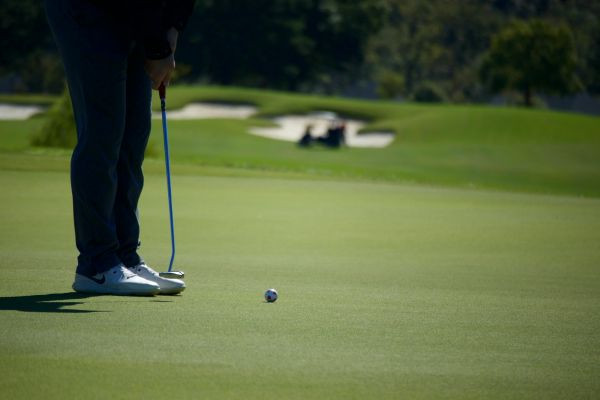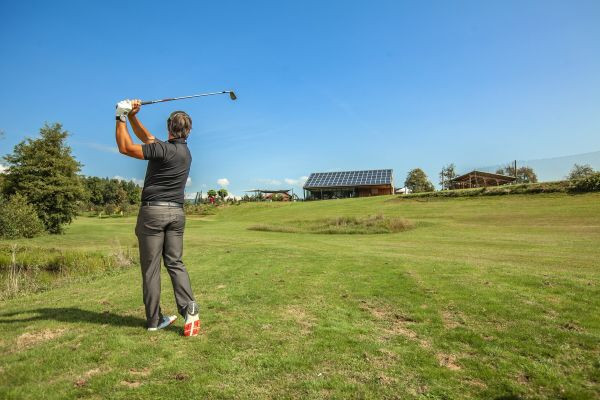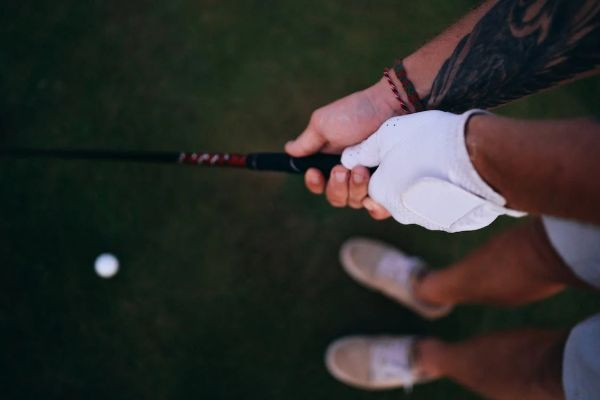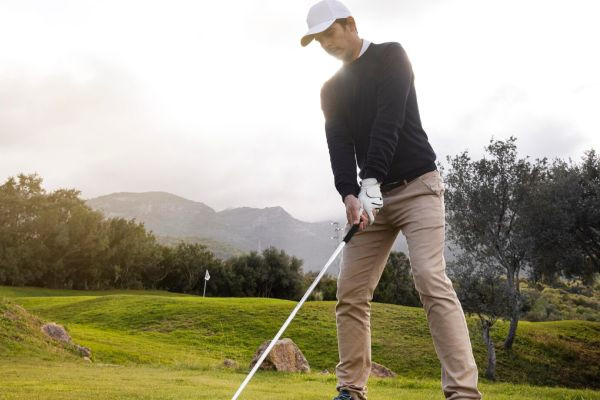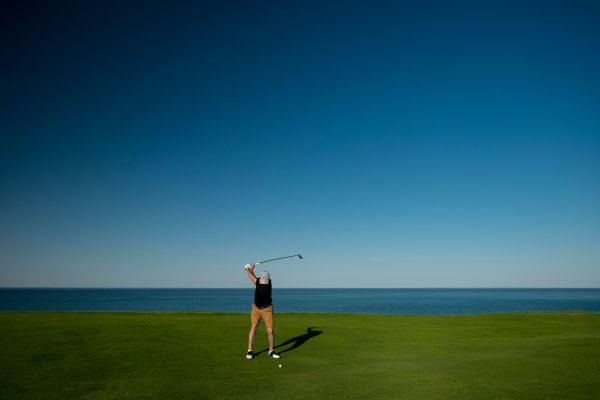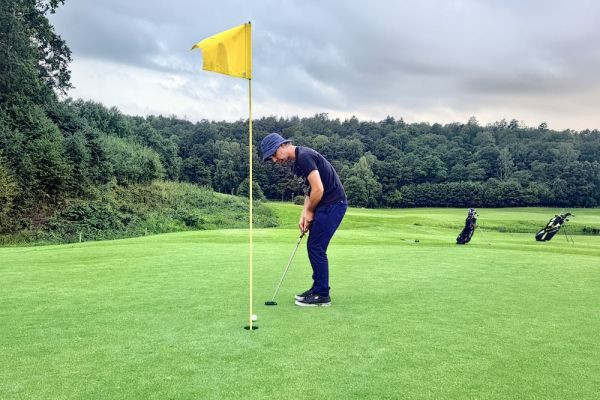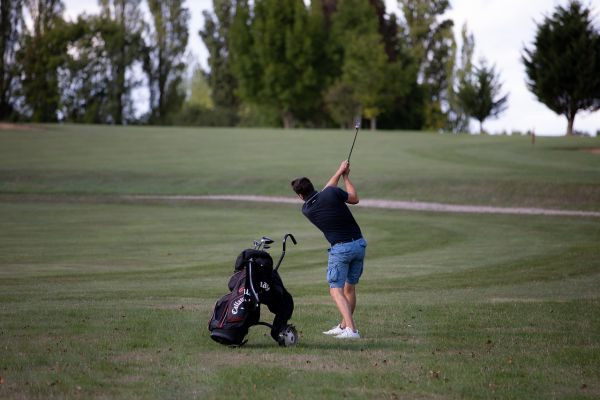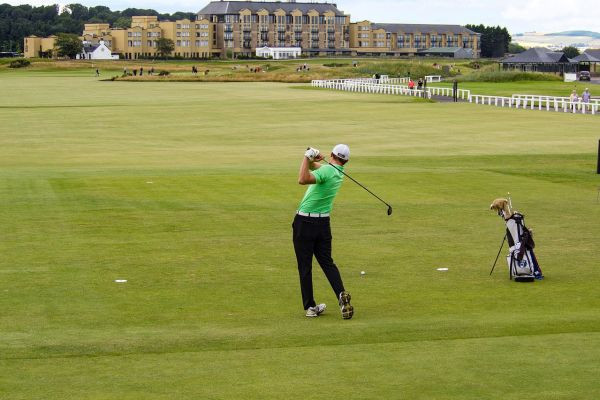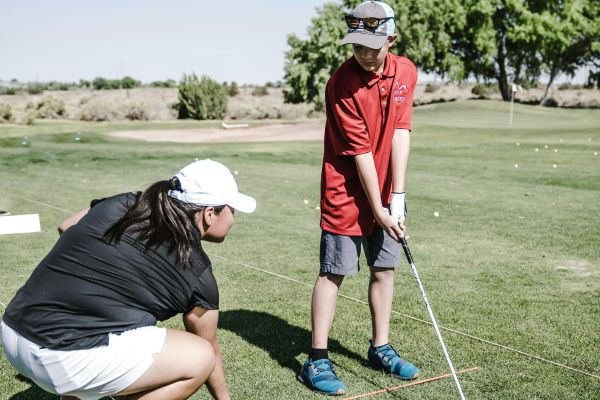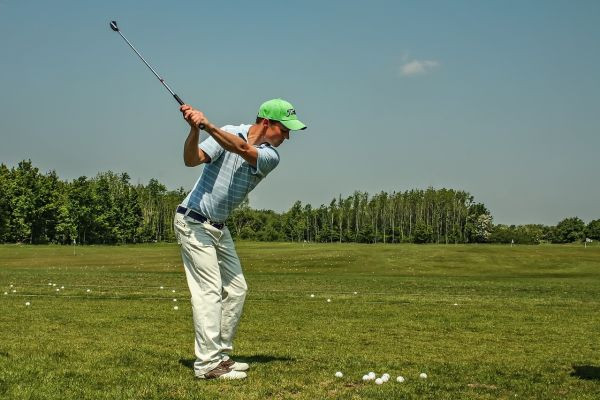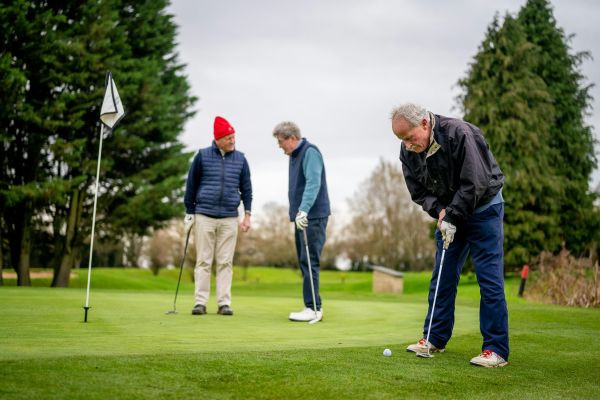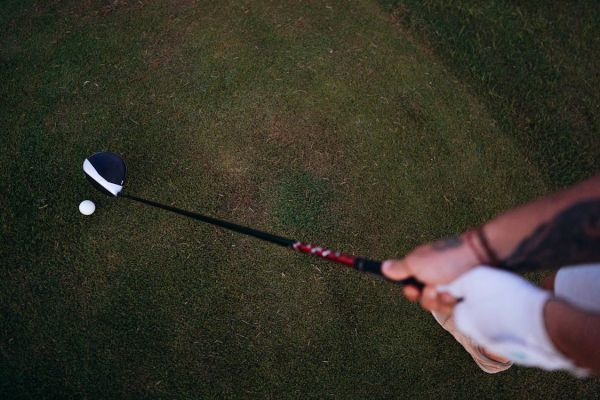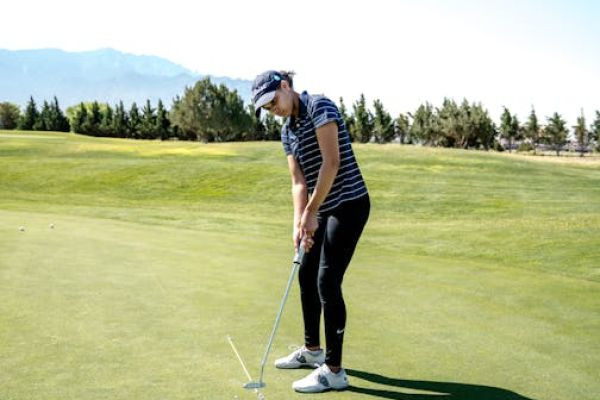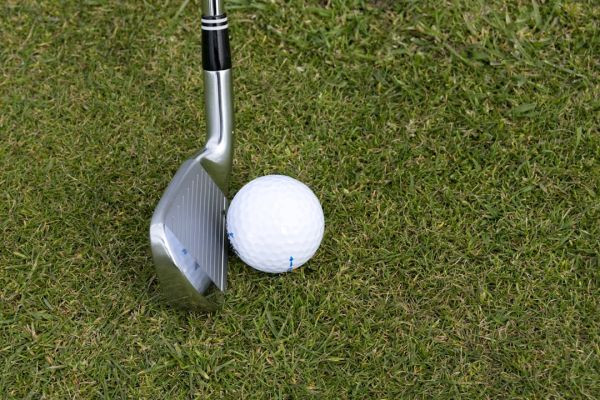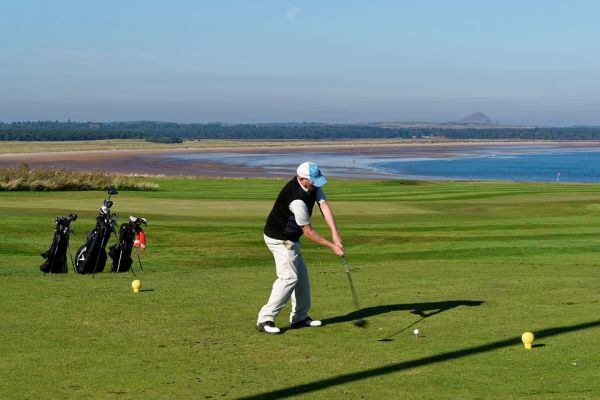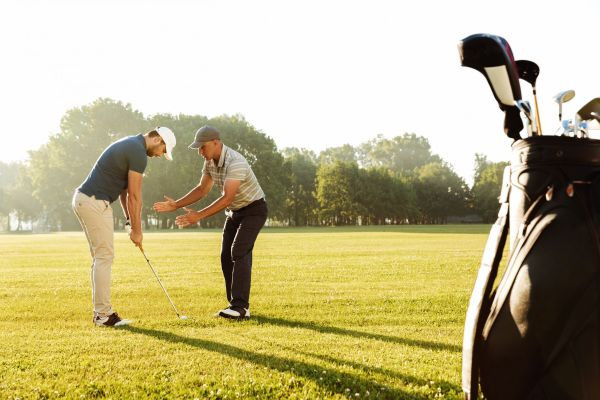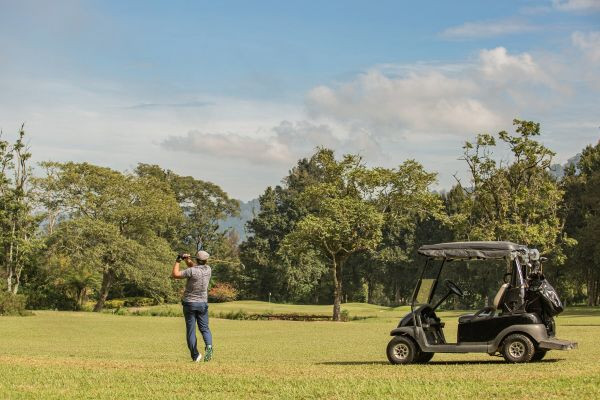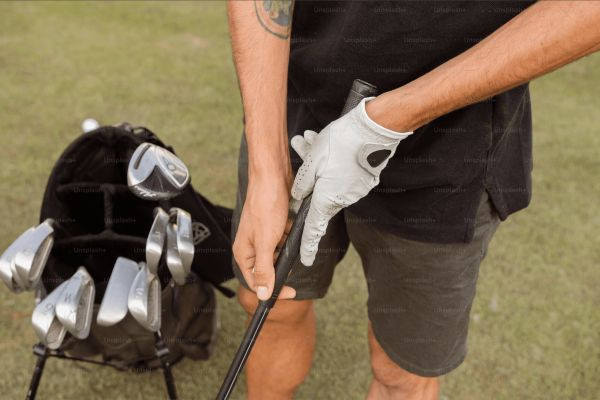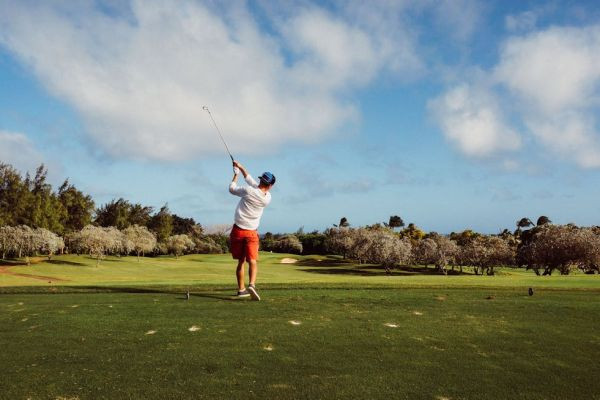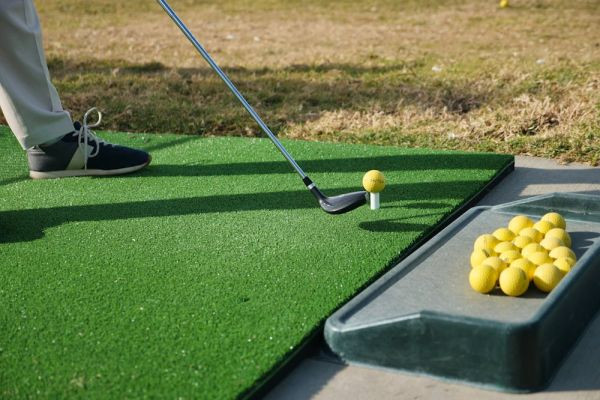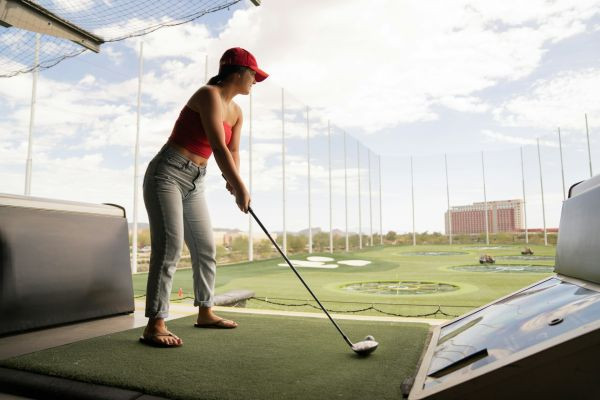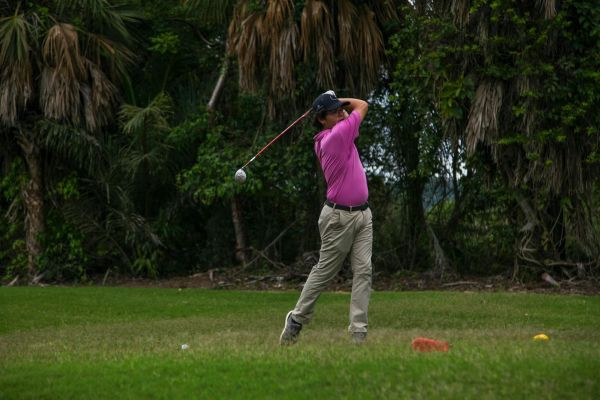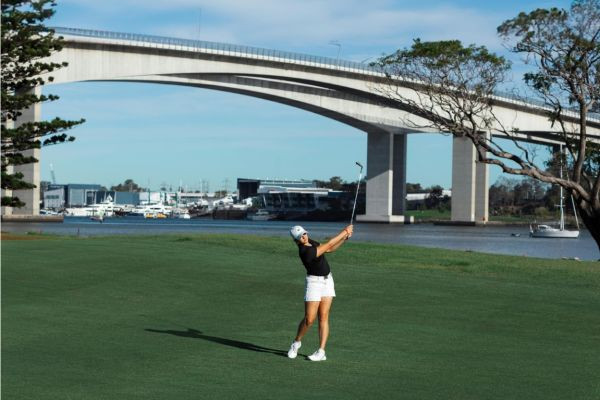Golf Bunker Strategy: Exploring Open and Closed Clubface Techniques
Golf is a game of precision, strategy and adaptability. One of the most daunting challenges a golfer faces is the dreaded bunker shot. Whether it's the greenside sand traps or the fairway bunkers, kno..

Golf is a game of precision, strategy and adaptability. One of the most daunting challenges a golfer faces is the dreaded bunker shot. Whether it's the greenside sand traps or the fairway bunkers, knowing how to effectively navigate these obstacles can dramatically improve your game. This article dives deep into the art and science of bunker play, particularly focusing on the pivotal decision between open and closed clubface techniques.
The clubface's orientation at impact is crucial in determining the ball's trajectory and spin. In bunker shots, this becomes even more critical due to the sand's resistance. Understanding how the clubface interacts with the sand can set the foundation for mastering bunker shots.
Open vs. Closed Clubface: A Primer
When golfers step into the world of bunker play they face a decision that can greatly impact their shot; whether to open or close the clubface. This choice though it may seem straightforward carries a depth that can significantly affect how the shot turns out.
The Open Clubface Technique relies on the concept of loft. By angling the clubface away from the player it increases the loft creating a softer trajectory. This technique is essential, for shots that need to clear bunker lips and land softly on the green minimizing rolling. Not only does the open clubface control the ball's flight path. It also allows for better utilization of the club's bounce helping it smoothly move through sand and reducing the risk of digging too deeply.
On the other hand the Closed Clubface Technique emphasizes penetration. By rotating the clubface, towards the player it reduces loft resulting in a direct shot that naturally penetrates through obstacles.
This method comes in handy especially when you need to hit the ball hard or deal with tightly packed sand that neutralizes the advantages of an open clubface.
Deciding whether to use a closed clubface is influenced by factors, such as the specific requirements of each shot, the condition of the bunker and your desired result. Excelling in bunker play goes beyond choosing the technique – it involves understanding the reasoning behind your decision to ensure that each shot contributes to improving your overall game.
Open Clubface Technique
When to Use the Open Clubface
Using the open face of the club isn't universally helpful but it's perfect in specific conditions. It's especially useful when the ball is struggling to get over something, like a really high bunker edge. It's great for making sure the shot lands in just the right spot and doesn't wander off the green. Anytime you need precision more than sheer force and accuracy is critical, the open face could be your best friend.
Advantages of the Open Clubface
The open clubface technique's enchantment stems from its capacity to leverage the club's inbuilt design – specifically the bounce. Employing this hallmark of the clubhead design hedges against the hazard of the club being embedded in the sand.
Open the clubface and golfers can summon the bounce to glide efficiently through the sand. The sand, once an obstacle, becomes a force that allows the club to slide through and weather obstacles with ease. The technique guarantees the club launches the ball at the desired trajectory and secures both the distance and direction golfers targeted at.
Step-by-Step Guide to the Open Clubface Shot
To perfect the open clubface shot you need to follow a series of steps:
Alignment and Grip: Start by aligning the clubface towards your target. Then slightly open it. Make sure to open the face before gripping the club to maintain a feel and secure hold.
Ball Positioning: Place the ball a bit forward in your stance. This placement helps in hitting the ball with a strike, which is essential for getting enough lift to clear a bunker's lip.
The Strike Zone: The contact point with the sand is key. Aim to hit 1 2 inches, behind the ball in order for the sand to propel it upward and outward with the right trajectory. It takes practice as hitting too far behind can lead to undesired results.
Follow-Through: A strong follow through is crucial ensuring that the clubface stays open throughout the shot. This preserves loft on impact allowing the ball to rise quickly and land softly.
Closed Clubface Technique
When to Use the Closed Clubface
Using a closed clubface depends on the particular nature of the shot. It's most useful for long bunker shots where the main goal is to get enough distance. Also, when the sand is either wet or compacted, it penetrates well enough with a closed clubface that's applied, which ensures that the ball will go to its intended destination. This technique becomes an indispensable tool in making it through tough bunker situations that become manageable from what once seemed impossible.
Benefits of the Closed Clubface
The key benefit of a clubface that is closed is its ability to power through heavier sand without the clubhead getting stuck. This modification to the clubface changes the way the club interacts with the sand, allowing you to take a more aggressive line on the shot. By closing the clubface, you can better control the clubhead's trajectory through the sand and how far the ball moves. This degree of precision is critical when trying to handle the tricky nature of bunker shots, ensuring that you have a reliable method of getting the ball into the cup.
How to Execute a Closed Clubface Shot
Executing a shot with a closed clubface requires following a precise series of steps to maximize the effectiveness of the technique:
Aiming and Gripping: Begin by aiming at your target and then adjust your grip. Adjust the clubface slightly closed ensuring that it doesn't drastically change the loft and affect the shots direction.
Ball Placement: Place the ball in the center of your stance to achieve a strike for utilizing the sand effectively with a closed clubface.
The Strike: Focus on delivering a hit to the sand just behind the ball. This approach helps propel the ball by leveraging the face for distance. Accuracy in hitting this zone is key, for success.
Follow-Through: Maintain consistency in your follow through to keep the clubface closed throughout the shot. Consistency plays a role in controlling the trajectory and ensuring stability in the flight of the ball helping it reach its intended distance and direction.
Equipment and Conditions

Source:https://www.freepik.com/free-ai-image/golf-club-outdoors_94960867.htm
Choosing the Right Wedge
When it comes to equipment and conditions selecting the wedge for bunker shots involves considering two factors; loft and bounce. These aspects dictate how the club interacts with the sand ultimately affecting how the ball travels and lands.
The loft of a wedge determines the angle of the clubface influencing both trajectory and distance. A higher lofted wedge, like a lob wedge ( around 58° to 60°) is perfect for short lofty shots that require a soft landing on the green. On the other hand a sand wedge (usually ranging from 54° to 58°) strikes a balance between loft and distance making it suitable for bunker shots.
Bounce refers to the part of the club that contacts the ground preventing it from digging into sandy surfaces. Wedges with higher bounce angles ( between 10°, to 14°) work best in fluffy sand as they smoothly glide through without sinking in too much.Lower bounce wedges (less than 10°) are preferable for firm sand conditions where too much bounce can cause the club to skid or bounce off the sand, leading to thin shots.
Analyzing Sand Conditions
The condition of the sand is a variable that significantly affects your bunker shot strategy. Here’s how to adapt your technique based on the type of sand:
Soft, Fluffy Sand: This type of sand requires a wedge with higher bounce to avoid the club digging in too deeply. An open clubface technique is advantageous here, as it leverages the wedge's bounce and loft to lift the ball out softly.
Firm or Wet Sand: In these conditions, a lower bounce wedge is more effective. The sand offers more resistance, so a closed clubface technique can help in penetrating the surface and achieving the necessary distance.
Compacted Sand: Similar to wet sand, compacted sand conditions benefit from a closed clubface approach, utilizing a wedge with less bounce to ensure the clubhead can cut through the sand without skidding.
Before taking your shot, take a moment to assess the sand's texture by observing footprints or by noting how your feet sink into the bunker. These observations can guide your choice of wedge and shot technique, helping you to execute more effective bunker shots.
Practice Drills for Mastery
Drill 1: Open Clubface Balance
This exercise is designed to boost your confidence and skill with the clubface method. Here's how to do it:
- Setup: Position a golf ball on your wedges face in a way that it stays balanced.
- Action: Swing your club gently letting the ball roll off naturally. The key is to maintain the position of the clubface throughout your swing.
- Objective: This drill helps you get a sense of how open the clubface should be and teaches you how to sustain this angle during your swing.
Drill 2: Closed Clubface Precision
This drill focuses on mastering the clubface technique in how you interact with sand. Here's what to do:
- Setup: Select distances for your bunker shots and prepare to use a closed clubface each time..
- Action: To excel in bunker shots, under conditions it's crucial to master how to adjust the clubface angle and control your sand interaction depth effectively.
- Objective: Developing a sense of how much to close the clubface and how to control the depth of your interaction with the sand is essential for shots from various bunker conditions.
Avoiding Common Pitfalls
A common mistake among golfers is not adapting their stance and swing speed to match the particular clubface angle that has been chosen. So, when your clubface is open, you need to adapt your stance as well by changing from a standard stance to a wider stance. And when you swing, you want to utilize a slower, gentler swing to provide you better feel and direction on the golf course when you have that clubface open.
If your clubface is closed, the exact opposite is true. You've got to have a tighter swing, not necessarily faster but firmer. That's what allows you to penetrate the sand with greater solidity and consistency. Understanding these two nuances and how we can associate relationships with those variables can make a huge difference in your ability to play golf, particularly with your bunker shots.
Conclusion
Becoming an expert at bunker shots requires knowing the right moment and way to use the open-face technique or the closed-face technique. The solution to this puzzle is straightforward. It involves the incorporation of drills and advice that have been provided above into our regimen, alongside a careful effort to sidestep specific errors. Through this approach we will boost our self-confidence and competitive edge in scenarios we would rather avoid.
Frequently Asked Questions (FAQs)
How much should you open the clubface in a bunker?
The amount that the clubface is opened in a bunker depends on the type of shot being aimed for and the condition of the sand. Begin by opening the clubface to align with the target during setup, then refine through trial and error to find the right amount for the sand and the type of shot.
Can you use a closed clubface in all types of sand?
Yes, a closed clubface can be used in various sand conditions but its effectiveness is particularly pronounced in hard and wet sand. On such surfaces, a closed clubface assists players in gaining the necessary penetration without the excessive rebound associated with an open clubface. Consequently, the strategy can serve as a crucial tool in the golfer's arsenal when they face certain bunker challenges.
What wedge is best for bunker shots?
When taking shots from bunkers, it is advisable to use a sand wedge that typically ranges from 54 to 58 degrees and has a higher bounce. This is because such a wedge is versatile enough for various sand conditions. However, it's worth noting that golfers have the option of going for different wedges based on personal preference as well as the specific nature of the sand and shot at hand.
How do sand conditions affect clubface selection?
The composition of sand is very important to the bouncers and punting; for the club choice should be open in soft, fluffy sand, so the bounce diminishes the ball or more spins and the shot is less harsh for aesthetic reasons. Equivalently, in hard and compact sand, the club should be closed to reduce bounce and attain a square hit.
Is it better to practice bunker shots with or without a ball?
It can be beneficial to practice bunker shots initially without a ball. This allows golfers to focus on honing their technique and discovering how the club interacts with the sand. After developing confidence and skill, golfers can introduce a ball into their practice sessions, which will help them to apply their technique to real shot scenarios.

